Large-caliber second grade
So, soon after the start of the First World War, it turned out in practice that which many military experts had warned long before it began, but had not been heard. Namely, that the caliber 150, 152 and 155-mm is the minimum necessary caliber for the destruction of field fortifications and the creation of passages for infantry in barbed wire obstacles. However, he was too “weak” against concrete fortifications and dugouts buried in the ground with a reel of three rows of logs and ten layers of sandbags. As a result, the heavy guns' competition began temporarily in the world at the factories and on the battlefields, temporarily suspended in the world with the advent of the 75-mm French rapid-fire cannon Depora, Deville and Rimallo, and the proliferation of the contrived concept of "single gun and single projectile." However, some of these guns are always heard, but others are not, although their fate is no less interesting.
Well, for example, the Big Burt's 420-mm howitzer. In the movie “The Death of an Empire,” it is mentioned in the context of shelling the positions of the Russian army, but these howitzers operated on the Western Front, while the Austro-Hungarian 420-mm howitzers М14 / 16 were used against the troops of the Russian imperial army. As it often happens, they were created for one purpose, and applied to another! Initially, it was ... coastal artillery to conduct hanging fire on dreadnoughts! Their side armor was designed to hit armor-piercing projectiles, but the deck would fall steadily falling shell. Already in January, 1915, one of these howitzers was adapted for use in the field and sent to fight in Poland. The tool developed by Skoda was in many ways more efficient than Berta. In particular, she had 1020 kg of projectile weight, whereas Berta had only 820 ... This range also exceeded the German range, only he had no mobility. It took from 12 to 40 hours to assemble her in the field, and when she was firing she disguised it with a “concert” from the shots of batteries of lighter guns so that she would not be traced and covered with response fire. The gun was used on the Serbian, Russian and Italian fronts, but in the end one howitzer survived even before World War II, fell into the hands of the Germans and was used by them. But in general, it was the Big Burt that impressed the allies, and the Austro-Hungarian howitzer remained in its shadow!
And besides this gun, the Austro-Hungarian army also used 380-mm and 305-mm field howitzers on stationary gun carriages. The 380-mm installation of M.16 weighed 81,7 tons, that is, less than the hundred-ton M14 / 16, and she threw her 740 kg projectile into 15,000 meters. The rate of fire was also higher - 12 shots an hour against 5. Accordingly, 305-mm and 240-mm mortars, also performed on its basis, were less powerful, but more mobile. So it can be said that Austria-Hungary took care to create a whole “bunch” of heavy-caliber guns destined for the destruction of the enemy fortifications and, since they were all produced by Skoda, you can imagine how well she made herself out of it! The foresight of the Austrian military is evidenced by the fact that they gave the order to develop an 305-mm mortar back in the 1907 year, and it entered service four years later. Its effectiveness was very high. For example, a high-explosive projectile break could kill an unprotected person at a distance of 400 m. But the range was slightly lower than that of previous systems, not to mention the weight of projectiles in 287 and 380 kg. However, from such shells real protection on the battlefield, in general, at that time (as, by the way, now!) Did not exist!
As for the French, they, despite their passion for a single caliber, had an impressive line of 155-mm guns before World War I, but again they had problems with a larger caliber. Here, first of all, you should call the 220-mm mortar on the wheel, but the first 40 guns of this type were made only in the 1915 year! Mortar had a weight in 7,5 tons, a firing rate of two shots per minute, a firing range in 10 km, and a projectile weighing in 100 kg. At the end of the war, the gun was improved, and the firing range was already 18000 meters. There were quite a few of these mortars in the army (Schneider offered this mortar to Russia, but because of the unusual caliber our military refused it). Their release continued in the 30-s, but in the end everything that the French had, after the capitulation of France in 1940, fell into the hands of the Germans and was used in the German army.
In 1910, Schneider developed the 280-mm mortar, which also entered service in the French and Russian armies. The plant was disassembled into four parts and transported by tractors. Under ideal conditions, the 6-8 hours were spent on its assembly, but in reality (due to the characteristics of the ground) it could also reach the 18 hours. The range of the gun was about 11 km. The weight of the high-explosive projectile of the Russian gun was 212 kg, and the rate of fire of the 1-2 shot per minute. The French version had three shells: M.1914 g. (Steel) - 205 kg (63,6 kg of explosive), M.1915 g. (Steel) - 275 kg (51,5 kg.), M.1915 g. (Cast iron) - 205 kg (36,3 kg). Accordingly, they also had different range. It is known that before the revolution 26 such mortars were delivered to Russia, and at the beginning of World War II - 25. A large number of French guns were captured by the Germans in the 1940 year and were used up to the 1944 year. The experience of their use, especially in the First World War, showed that they are effective in counter-battery fighting, but in an unsatisfactory manner, that is, much worse than the German “Big Bertha” (which at the time was a kind of benchmark in its destructive effect on concrete fortifications) destroyed fortified positions.
By the way, the road to this caliber in Europe was not lived by anyone, but ... the Japanese, who fired from the 280-mm howitzers Russian fleet, locked in the bay of Port Arthur. Their installation weighed 40 t, had a projectile weighing 217 kg, which had the utmost reach in 11400 m. And having studied the experience of using these guns by the Japanese, both Skoda and Krupp just started their 305 - and 420-mm mortars. And at the beginning, these guns, produced under the license of Armstrong's firm in England by the Tokyo Arsenal, were intended for the needs of coastal defense, and only later were used in land battles under the walls of Port Arthur!
Interestingly, the German artillery had an analogue of the French 220-mm mortar - 210 mm mortar (German caliber 21,1 cm, designation m.10 / 16) on a wheel course. The projectile in its mass was slightly heavier than the French - 112 kg, but the range of the entire 7000 m. On the Western Front, these guns were used in the most active way since August 1914. During the war, the barrel was extended from 12 gauges to 14,5, the configuration of the recoil devices was changed. But the earliest specimens survived, in particular, one such mortar as a trophy even got to Australia, and it remains there to this day. Interestingly, for soft soils, the installation of flat-faced wheels on this mortar was provided, which provided them with much more contact with the soil. Anyway, the design of this instrument was very perfect. So, it had not only the angle of elevation of 70 degrees, which, however, was understandable, because it was a mortar, but also an angle of declination of 6 degrees, which allowed it to fire at the lowlands in case of need, almost directly.
Interestingly, the Italians also had a mortar of the same caliber as the Germans, but ... stationary and not very successful. The length of the barrel she was only 7,1 caliber, so the initial speed is small, and the range for stationary guns is small - 8,45 km with a projectile weight in 101,5 kg. But the most annoying thing is those 6-8 hours of time that were required for its installation, on the position. That is, in this case, both French and German mortars surpassed it in mobility by almost an order of magnitude!
It is impossible, however, to say that here, they say, the Germans were so far-sighted that they created their heavy guns in advance, while the Allies created their own during the war. After all, the French 220-mm mortar was created in 1910 year and ... in the same year, the development of stationary 234-mm guns was launched in England at the artillery plant in Coventry. In July, 1914, the work on it was completed, and in August, the first such installation was sent to France. All she understood into three parts that could be transported by a tractor "Holt", and even horses. The combat weight of the installation was 13580 kg. Its feature was a large box-counterweight, mounted on the basis of guns. It was necessary to load nine tons of land into it and only after that to shoot, so strong was its return, which, although compensated for by the recoil devices, nevertheless made itself felt. At first, the short barrel of the installation of the Mark I showed a firing range at 9200 m and this was considered insufficient. On the modification of the Marc II due to the greater length of the barrel, its range was brought to 12742 m. The rate of fire was two shots per minute, and the weight of the projectile 132 kg. Four howitzers were delivered to Russia and then in the USSR participated in the shelling of the Finnish fortifications in 1940 year! But, again, what could such tools have done compared to the “Big Berta”? And the British quickly understood this and began to increase the calibers of the same installation, imposing on it larger and larger trunks in caliber and simply increasing its linear dimensions.
This is how the installation of the Mark IV weighing without ballast in 38, 3 tons, caliber 305-mm and with a firing range of 13120 m and the weight of the projectile 340 kg. That's just in the box of this gun, located directly in front of the barrel, as on previous models, it was necessary to load not nine tons anymore, but ... 20,3 tons of earth to better hold it on the ground. And after it there is a huge gun weighing 94 tons in 381-mm caliber, throwing 635-kilogram shells at a distance of 9,5 km! In total, 12 made such guns, of which 10 are involved in the battle. In total, until the end of the war, they launched 25332 shells, that is, they were used very intensively. However, combat experience has shown that because of the relatively short range, this weapon was vulnerable to return fire.
Finally, in 1916, the French were able to create railway transporters with 400 and 520-mm caliber guns, but again, they did not play any particular role and were not massively released.
As for Russia, 1915-mm (exact caliber 305-mm) howitzers of the Obukhovsky plant on stationary gun carriage of the Metal Plant in Petrograd came into service here in 304,8. They were produced throughout the war (total produced 50 guns), and then they were in service with the Red Army. But these guns did not differ in any particularly outstanding characteristics. Combat weight was about 64 t. The mass of the projectile - 376,7 kg. The range is 13486 m, and the firing rate is one shot in three minutes. That is, it was an instrument close in its characteristics to the English gun of Mark IV, but on a heavier installation, which made it difficult to assemble and transport to its destination.
The most interesting thing is that these guns, along with 150-mm howitzers and cannons, bore the brunt of combat work in the First World War and fired the main mass of heavy projectiles, however, in the memory of human beings, things, weapons monsters!
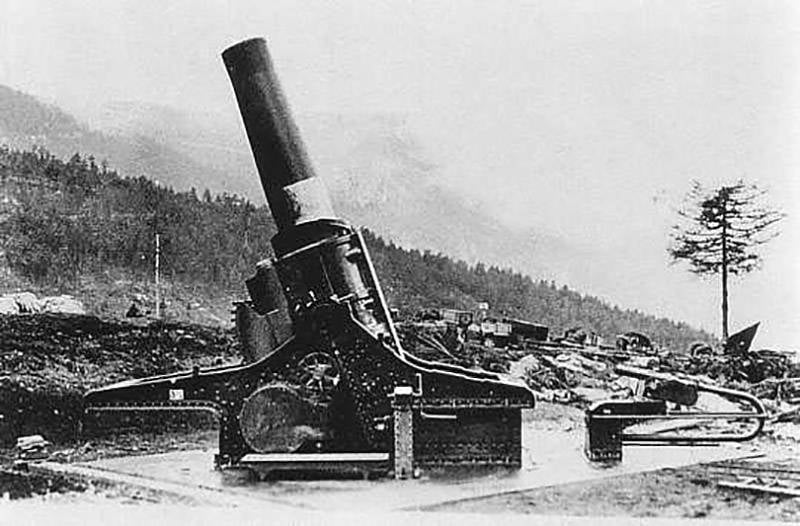
42cm Austria-Hungary
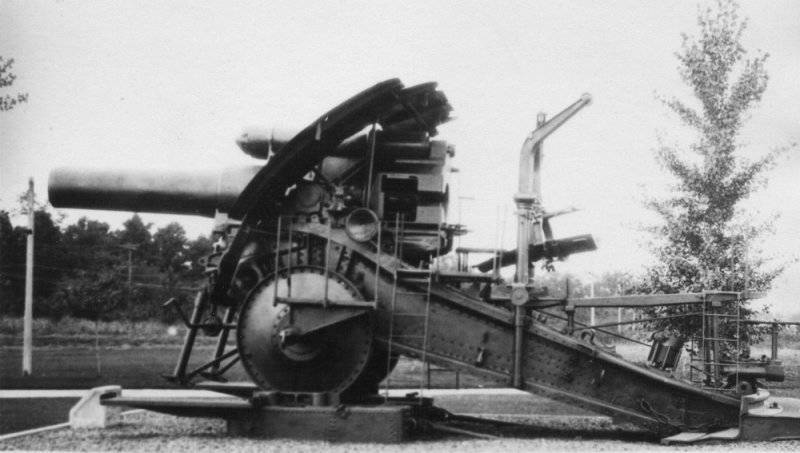
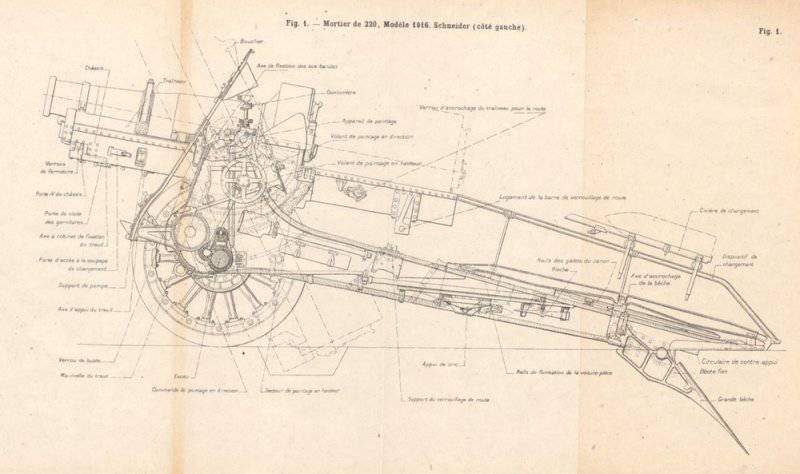
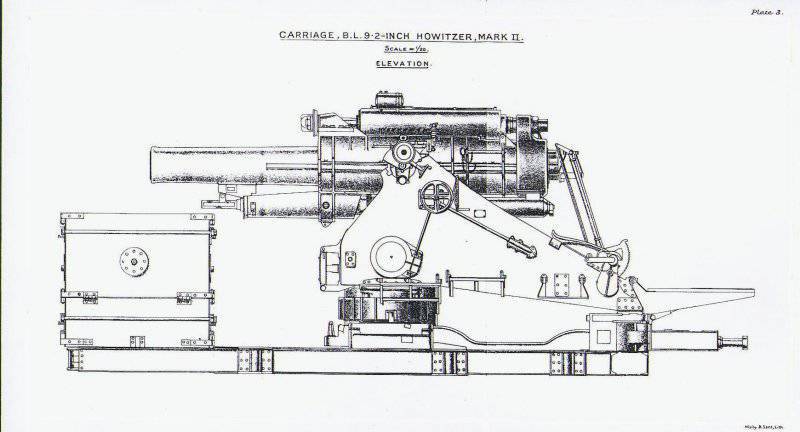
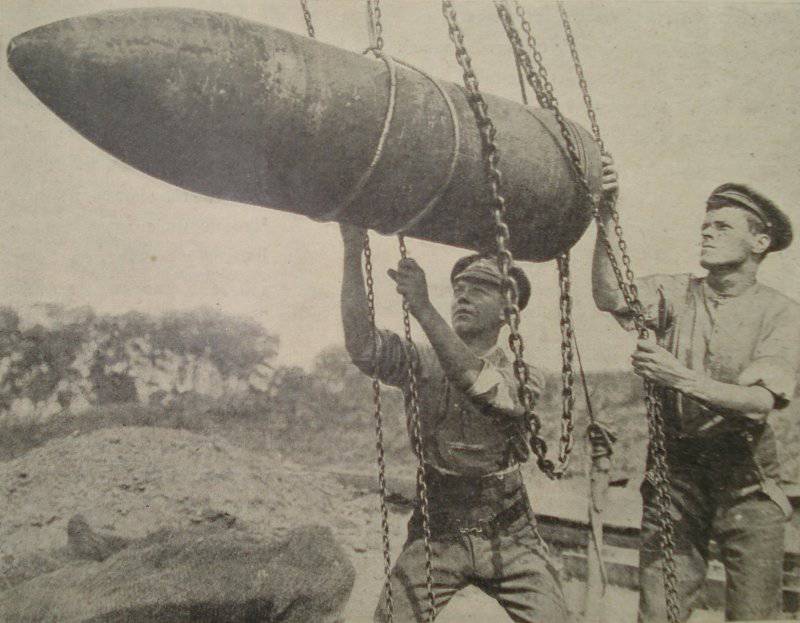
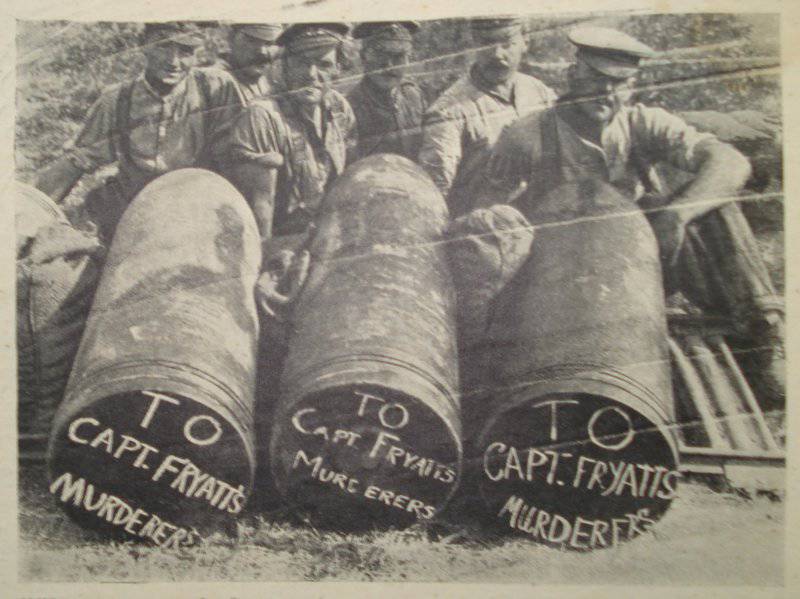
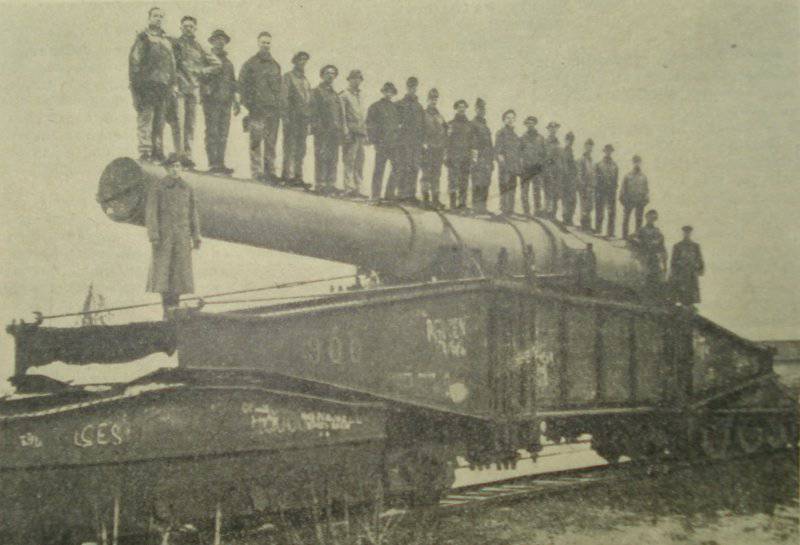
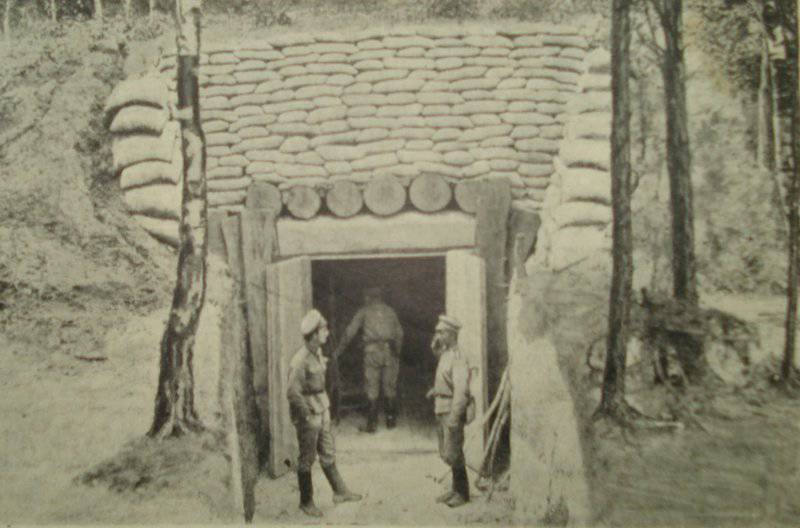
Information